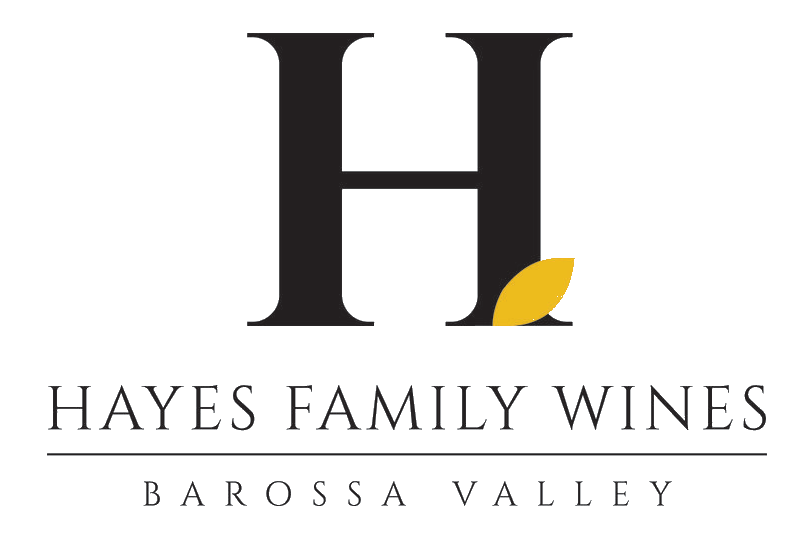Aging Barossa Valley Wines - To Cellar Wine or Not
An Old Cellar European Cellar
Should you Cellar Wine?
I am sure most wine lovers have dreamt of owning a old European Cellar filled with liquid treasures, but for most of us, it will remain a dream. But should you cellar wine? The answer, of course, is that it depends. The real question is whether you enjoy aged wines. And if you do, definitely, if you don’t no. Like all things, the best way to find out is to investigate yourself (listen to others, but ultimately trust your own pallet).
As a general rule, Barossa wines carry a richness and depth of fruit and tannin that are considered important attributes for wines improving with cellar time. Acid and balance of flavours are also important, and in a warm Barossa climate the impact these have on a wine or style need to be assessed on a case by case, or at least producer by producer basis.
Our goal at Hayes Family Wines is to make wines that drink well on release yet have the balance of flavours, tannin and acid to enable the wine to develop and improve with time in the bottle. All of our wines (with the exception of Rose which we prefer to consume at height of freshness soon after release) will be benefit from a few years in the bottle, many much more.
Different Grape Varieties Age Differently
Shiraz, Cabernet, Semillon are naturally better candidates for long term aging than other varieties we produce but Grenache and Mataro are particularly good candidates for people just starting out on the cellaring journey. Grenache tends to show developed flavours earlier in the aging process than Shiraz or Cabernet, and as such provides a good test case for your enjoyment of aged wines.
Try contacting your favourite wineries and see whether they can sell you some of their aged wines. Start with wines 5-10 years old and go from there. Many keep stock just for such a request. A few bottles is all you need.
How long will wine age and improve?
Vintage, vineyard, winemaking, etc, will all impact the capacity of an individual wine to age, but over many years I have noticed some general trends with aging
Semillon - best to drink our Semillon-based wines in the first 4 years post bottling for freshness, or after at least 7 years when the freshness of youth subsides and secondary characters start to show
Grenache & Mataro - drink in the first 10-12 years following bottling
Shiraz - drink in the first 15-20 years following bottling
Cabernet - drink in the first 20 years post bottling
Obviously these are quite general rules, many will live and drink much longer but always better to drink too early than too late.
Can you drink a wine too young?
New release young wines offer a lot for the consumer. Like many things, youth brings bold flavours, colours, vitality and for most, this is what we love about Australian wine - sunshine in a bottle.
In many cases, the wine may improve with time in the cellar but it is no sin to drink young and on release. Many of our wines look excellent out of the gate, so do not be afraid to try one on release even if your preference is for aged wines.
What to Eat with Aged Wines?
Aged wines, having lost their bright freshness of youth, are a perfect food match but what foods? I have a long standing theory that the only two things you need to worry about when food and wine matching is to a) match the weight of the food to the weight of the wine and b) match the age of the wine and the age of the food.
In simple terms, aged wines matches well with slow cooked food. A slow cooked roast or stew is a perfect match for an aged Grenache or Shiraz. Try it, and you will be convinced I am sure.
Cellaring Wine
The reality is that very few people in Australia have a perfect cellar. But there are alternatives, wine fridges, offsite storage, under the bed or in the cupboard. Obviously effectiveness varies, but there is an obligation in my mind for wineries to cellar small quantities for customers.
At Hayes Family Wines, we put aside a few dozen each year of our cellaring specials, and for customers we offer you the option to cellar your wines for as long as you like in our temperature controlled cellar in the Barossa. So if you want to put a few cases aside and do not have the facility to do so, just ask and we can help you out.
So where to start?
For many, wine fridges offer a relatively inexpensive way to start to store and age your wines. They allow you to get organised and have somewhere to put your new collection. Offsite storage is also readily available in most states and cities that offer temperature controlled cellars for customers.
But if you are not sure whether you like aged wine, buy a mixed box or two of older wines of various varieties and ages. Many retailers, auction houses etc offer these wines on a regular basis, but do not forget to contact your favourite wineries. Most hold stock cellared since release. They may be as good as you are going to get. Try them, you never know where it might lead you!

